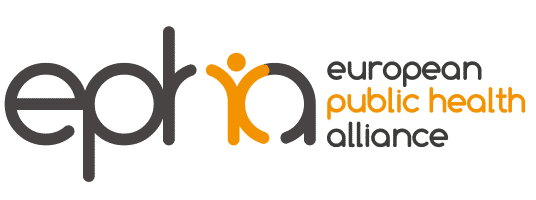At the heart of international trade is the belief that it will have a positive economic benefit. Theoretically, with greater prosperity comes greater health. To ensure that the outcomes of EU trade agreements have a net economic and social benefit, a true coherence between trade and public health objectives must therefore be observed.
Over the past decades, EU trade agreements have moved beyond simple discussions of tariffs to include provisions on regulatory cooperation with the aim of eliminating or at least reducing non-tariff barriers or technical barriers to trade (TBT). This means developing and implementing efficient, cost-effective, and more compatible regulations for goods and services. However, a strong reliance on “cost-effective, compatible regulations”, which quantifies the costs and benefits of regulatory options in monetary terms only, will not take into account the non-monetary value of human health and lives. Nor will they consider the future cost to society that may be the outcome if regulatory actions are not taken.
According to the European Commission’s own statements, the EU is in a prime position when it comes to global trade and has the weight to shape an open global trading system based on fair rules – and to ensure that those rules are respected. Therefore, EHN and EPHA argue that the European Commission, on behalf of its member states, is able to make global trade work for public health.
To that end the European Heart Network (EHN) and the European Public Health Alliance (EPHA) have developed a ‘model’ Public Health Chapter. The Chapter suggests provisions and references which could be added to the EU’s trade deals in order to optimise the coherence between trade and public health objectives – including targets contained in the Sustainable Development Goals (SDGs). So far, the EU trade agreements include specific chapters (already included in nine EU trade agreements) covering environment, human rights and labour rights, in trade deals.
We acknowledge that it is probably unrealistic, and possibly even undesirable, to use specific chapters to address a host of different issues in trade agreements. . However, we hope our ‘model’ Chapter will serve at least as a reminder that trade agreements and all their technicalities must recognise the importance of leaving policy space to the parties to respond to health challenges with innovative measures. Such innovative measures may denote that a full evidence base is not yet available; the fact that the evidence base is still being built should not lead to policy measures being considered as TBTs and render them illegitimate or unnecessarily trade-restrictive.
Taking a leaf out of the Marrakech Agreement which established the World Trade Organization, EHN and EPHA recommend that all EU’s trade agreements should state explicitly that trade must be conducted with a view to raise standards of living and improve citizens’ well-being, including health.
EPHA and EHN’s model chapter can be downloaded here
